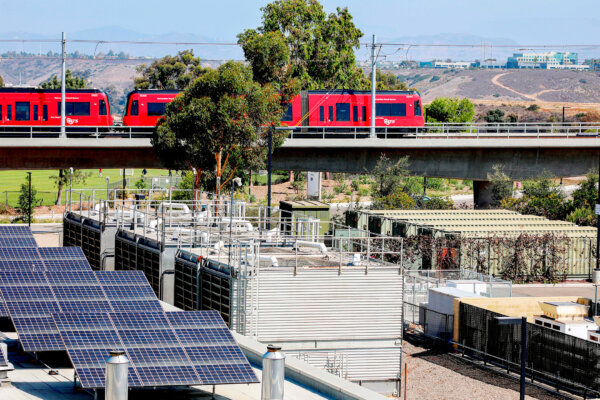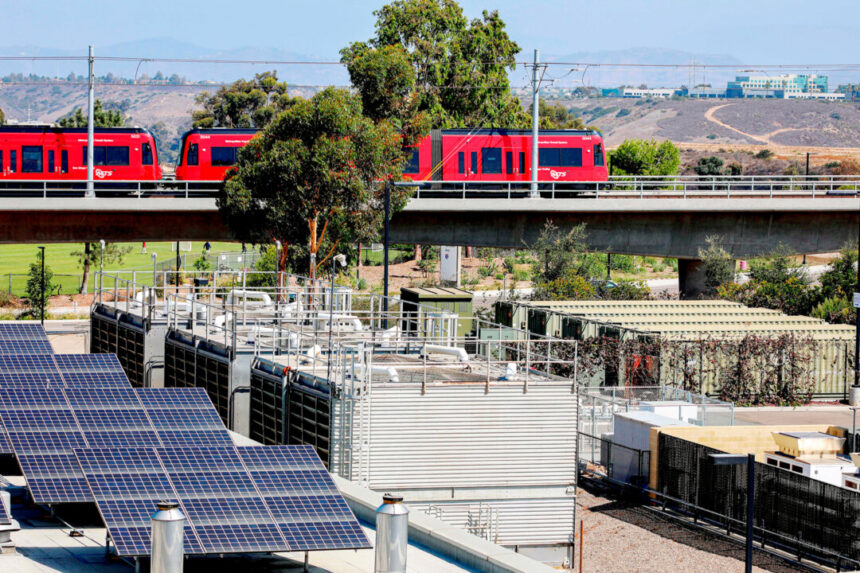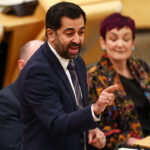
Australia has seen over 250,000 energy storage systems installed across the country.
New data reveals that a record 57,000 battery energy storage systems were installed in Australian homes in 2023.
Storage market analyst SunWiz reported a 21 percent increase in battery system installations compared to the previous year.
Since 2015, a total of more than 250,000 battery storage systems have been installed in Australian homes, totaling 2,770 MWh of storage.
The capacity of batteries coming online reached 656 megawatt hours (MWH), setting another record according to the 2024 SunWiz Australian Battery Market report.
Mr. Johnston noted that 2023 saw a significant increase in grid-scale storage deployment, with home energy storage systems remaining the largest source of battery capacity.
In addition to residential installations, businesses and grid-scale big batteries over 10MWh have also contributed to the total of 5,966 MWh of battery storage installed since 2015.
Smart Energy Trial in Australia
As the move towards battery storage continues, the Australian government is conducting a smart energy trial involving tens of thousands of customer devices.
More than 140,000 customer devices will be involved in a scheme focusing on integrating hot water systems and solar initially, with plans to incorporate storage batteries and EV chargers.
This initiative aims to manage 510 megawatts of aggregated load efficiently by utilizing volunteered household energy devices.
Assistant Minister for Climate Change and Energy Jenny McAllister emphasized the potential for reducing household energy costs and improving grid stability through better management of these devices.
Mr. Miller highlighted the importance of demand flexibility and the role of consumer energy resources in shaping the energy industry.
Federal Government’s Renewable Projects
The Albanese government recently approved 45 renewable energy projects and has 128 more projects in the pipeline.
Ms. Plibersek stressed the government’s commitment to unlocking Australia’s renewable energy potential and achieving a transition to cleaner energy sources.
Shadow Minister for Energy Affordability Melissa McIntosh highlighted the challenges faced by some consumers due to rising energy costs.
Climate Change and Energy Minister Chris Bowen assured that energy costs are expected to decrease soon as the government continues to focus on renewable energy initiatives.
Mr. Dutton highlighted the need for a balanced energy mix that includes baseload power sources like nuclear to support the integration of renewables and maintain affordable energy prices.
Please rewrite this sentence.
Source link






